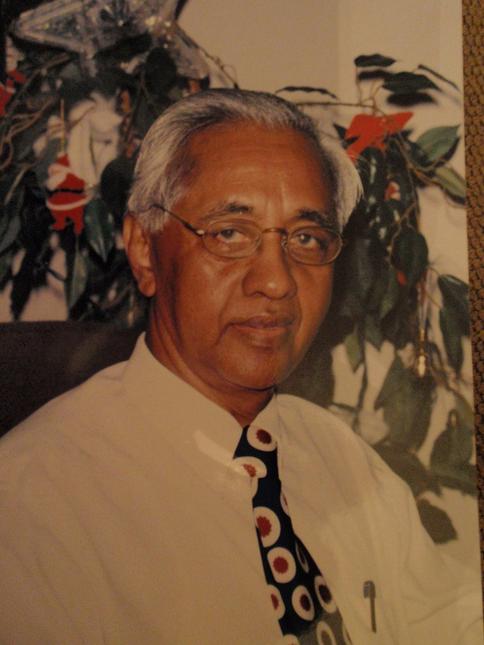The name “Easter” originated with the names of an ancient Goddess and God. The Venerable Bede, (672-735 CE.) a Christian scholar, first asserted in his book De Ratione Temporum that Easter was named after Eostre (a.k.a. Eastre). She was the Great Mother Goddess of the Saxon people in Northern Europe.
The name “Easter” originated with the names of an ancient Goddess and God. The Venerable Bede, (672-735 CE.) a Christian scholar, first asserted in his book De Ratione Temporum that Easter was named after Eostre (a.k.a. Eastre). She was the Great Mother Goddess of the Saxon people in Northern Europe.
Modern-day Easter is derived from two ancient traditions: one Judeo-Christian and the other Pagan. Both Christians and Pagans have celebrated death and resurrection themes following the Spring Equinox for millennia. Most religious historians believe that many elements of the Christian observance of Easter were derived from earlier Pagan celebrations.
The equinox occurs each year on March 20, 21 or 22. Both Neo-pagans and Christians continue to celebrate religious rituals linked to the equinox. Wiccans and other Neo-pagans usually hold their celebrations on the day or eve of the equinox. Western Christians celebrate Easter on the Sunday on or after the full moon that follows the nominal date of the Equinox — MAR-21. The Eastern Orthodox churches follow a different calculation; their Easter celebration is often many weeks after the date selected by the Western churches.
Today Guyana celebrates Easter as one of the “religious” public holidays on the calendar as it commemorates a signal event in the Christian faith. Christians believe that three days after Jesus was crucified and buried (commemorated on “Good Friday”) he rose from the dead and ascended into heaven.
This resurrection provided irrefutable proof to believers that Jesus was indeed the Son of God as he claimed and that he had conquered death. It is entirely possible that if not for this event, Jesus might have been considered as just another Rabbi – as his fellow Jews still regard him.
For Christians then, Easter symbolizes the love of God for his human creation since he allowed his “only begotten son” to be sacrificed so that believers could then experience salvation from original sin. Emanating from its Jewish origins, Easter is associated with Passover, and Christ, as the Lamb of God replaced the Old Testament lamb eaten on that festival evening each year.
The New Testament symbols of the bread and wine were instituted so that Christians could eat the body and drink the blood of Christ, the true Lamb of God. Christ’ sacrifice replaced the need to kill a spring lamb.
The feast, and the festival of Easter, is moveable because it is not commemorated according to our dominant Gregorian calendar that is based on the solar year but the older Jewish system that follows the lunar demarcation.
The choice of an Easter Sunday from a span of dates between March and April offers a long weekend to those countries like Guyana that offer public holidays for both Good Friday and Easter Monday. And the activities over this weekend have been modified radically away from the original impetus even in Christian countries, much less very pronounced multi-religious ones like Guyana.
In Guyana, even among Christians, Easter has become associated with many other traditions. Kite flying is about the most widespread and visible one. In the month proceeding Easter, kites are flown with increasing frequency culminating with the sky practically blanked out with kites of all hues and shapes across the coastland on Easter Monday. Some insist that the flying of kites is meant to symbolize the ascension of Jesus into heaven after his resurrection, but this has not been conclusively proven.
What has been proven is that some of the traditions – including the name “Easter” itself – have come out of the previous religious traditions of converts – dubbed by Christians as “pagan”.
The feast day of Easter was originally a European celebration of renewal and rebirth. Celebrated in the early spring, it honored the pagan Saxon goddess, Eastre.
When the early missionaries converted these Saxons to Christianity, the holiday was merged with the pagan celebration and became known as Easter. It fell around the same time as the traditional memorial of Christ’s resurrection from the dead.
Hot Cross Buns also come out of this pre-Christian tradition. At the feast of Eastre, an ox was sacrificed and its horns became a symbol for the feast.
They were carved into the ritual bread – hence later, “hot cross buns”. The word “buns” is derived from the Saxon word “boun” which means “sacred ox.” Later, the symbol of a symmetrical cross was used to decorate the buns; the cross represented the moon, the heavenly body associated with the Goddess, and its four quarters.
So it appears that we are following a venerable tradition of merging indigenous customs into the received ones to create a uniquely “Guyanese” festival.
Other traditions of Easter are the Bartica Regatta, the Rupununi Rodeo and other community celebrations that are held over the Easter weekend, these have joined the kite flying that bring us all together to assist in nation building.
One of the traditional kites is the “singing engine”, so called by the sound made from the design and construction of “the bull”, a piece of stiff paper that is glued behind the nose which vibrates in the wind.
Most “singing engine” kites are hexagonal in shape with the framework made of light wood, bamboo or “pointer” gathered from the leaves of the coconut or palm tree. After the framework is created the outer frame (periphery) of the kite is made using string. At the top of the kite a piece of curved bamboo, wood or pointer is used to create a nose. Over the frame, multi-colored paper is pasted and additional string is use to create what are known as loops, one for the tail and one for the string that tethers the kite to the operator. The tail is usually made from strips of cloth gathered from bed sheets, blankets or trousers.
Hexagonal kites usually are made in sizes from one foot to as large as twenty-six feet with sometimes as many persons needed to control it.
Regardless the size, shape or style of your kite every child in Guyana is eager to get up very early on Easter Monday morning to have their fair share of kite flying while the adults partake in eating and quenching their thirst.
Whatever your customs we should not forget that the essence of Easter is a religious one, and all Guyanese should be respectful of the values that are conveyed in the tradition.
May we live in peace and harmony.
Happy Easter.





